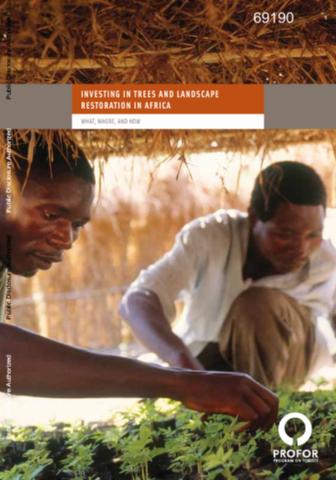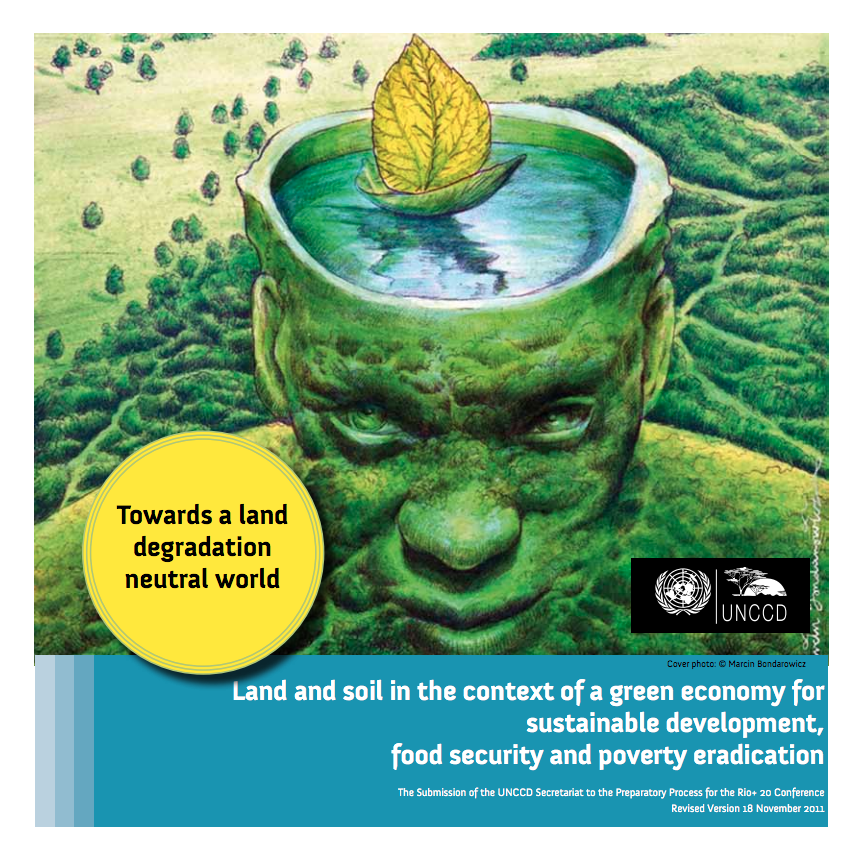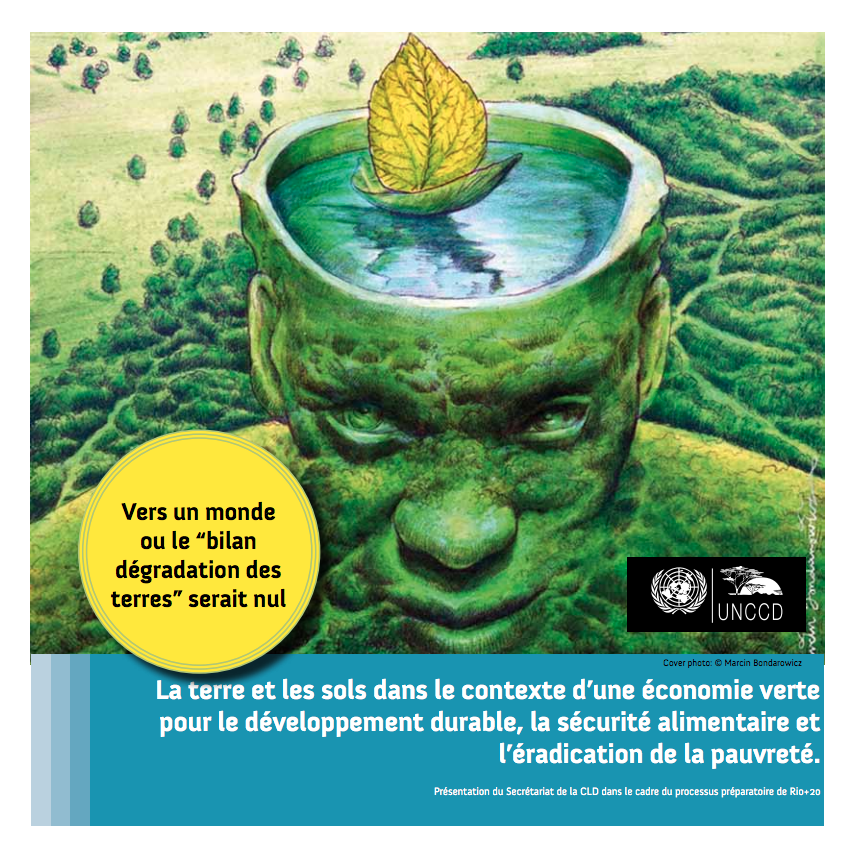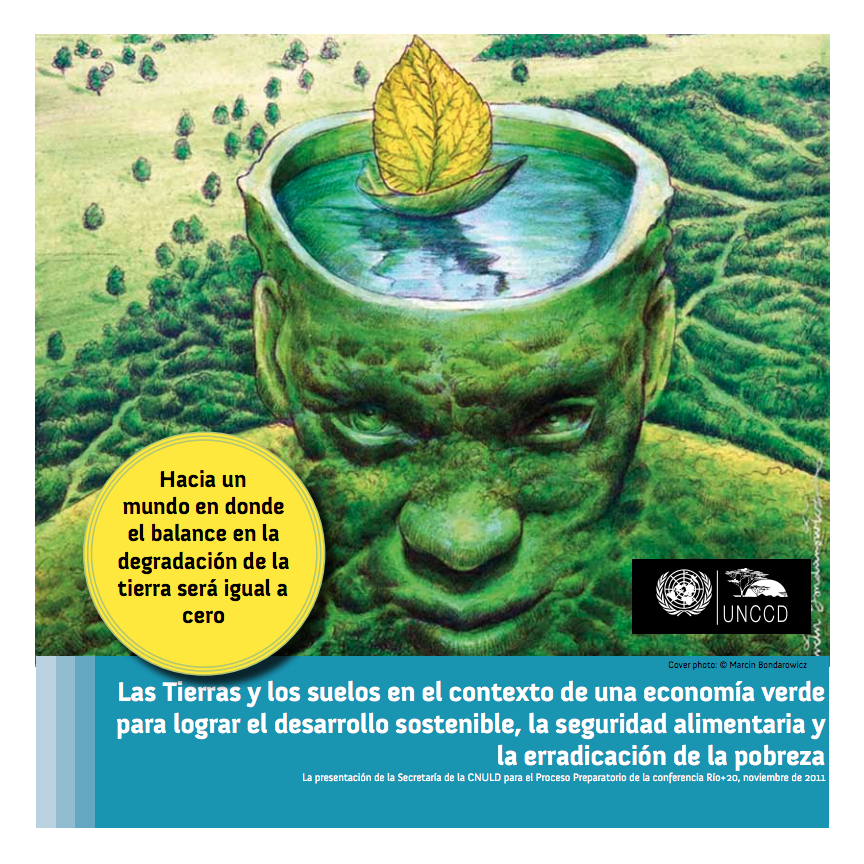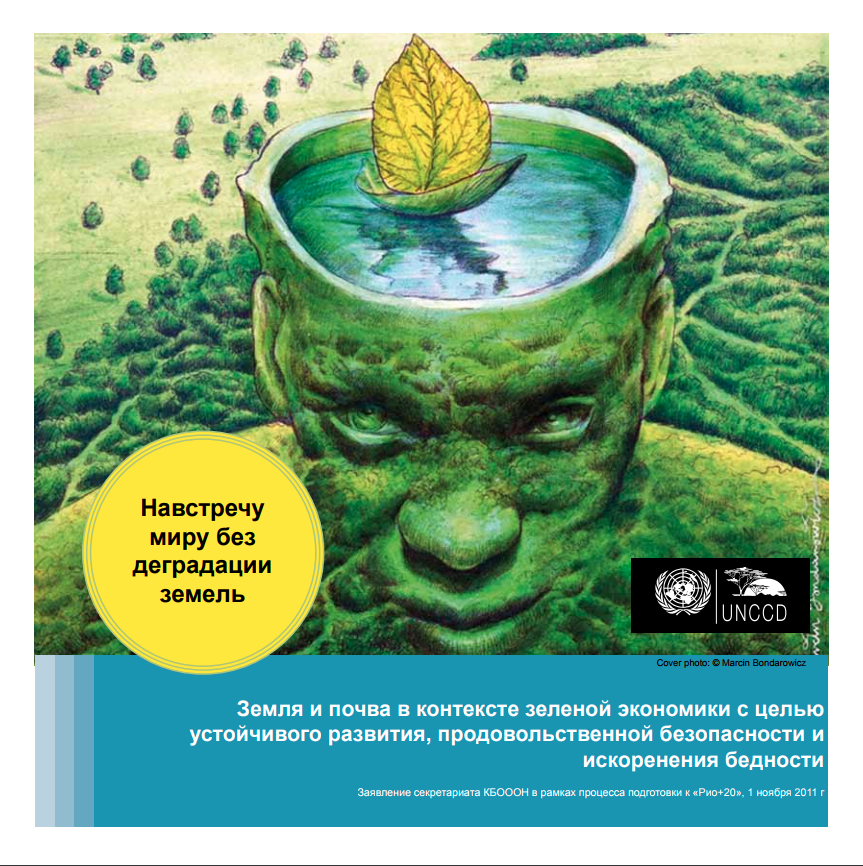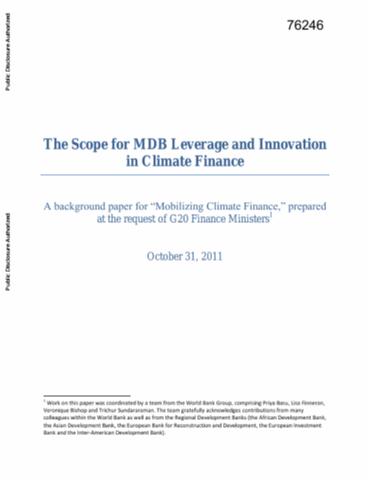LADA Land Degradation Assessment in Drylands Methodology and Results
LADA (Land Degradation Assessment in Drylands project) is a scientifically-based approach to assessing and mapping land degradation at different spatial scales ? small to large ? and at various levels ? local to global. It was initiated in drylands, but the methods and tools have been developed so as to be widely applicable in other ecosystems and diverse contexts with minimal required adaptation.
Manual for local level assessment of land degradation and sustainable land management - Part 2. Field methodology and tools
Questionnaire for Mapping Land Degradation and Sustainable Land Management (QM) Version 2
The WOCAT-LADA-DESIRE mapping tool is based on the original WOCAT mapping questionnaire (WOCAT, 2007). It has been expanded to pay more attention to issues such as biological and water degradation, it also places more emphasis on direct and socio-economic causes of these phenomena, including their impacts on ecosystem services. It evaluates what type of land degradation is actually happening where and why and what is being done about it in terms of sustainable land management (SLM) in the form of a questionnaire.
Manual for Local Level Assessment of Land Degradation and Sustainable Land Management Part 2 - Field methodology and tools
This document is the second part of a two part manual on local level assessment of land degradation and sustainable land management: ? Part 1 ? Planning and Methodological Approach, Analysis and Reporting ? Part 2 ? Field Methodology and Tools The two parts should be used together as Part 1 provides the background information for the conduct of the methods and tools that are provided in Part 2.
Healing the land: The story of land reclamation and soil conservation in Iceland
Different processes of land degradation have been the outcome in many parts of the world, having severe impacts on ecosystems and the services they provide and on human livelihoods. Land degradation is one of the key challenges facing mankind in order to achieve sustainable development, but the quest for sustainability of land management has proved to be a major challenge to most countries. This book takes the case of Iceland. It tells the remarkable story of more than century combating land degradation.
Investing in Trees and Landscape Restoration in Africa
Reforestation measures for degraded lands, strategies for the sustainable management of forest resources, and agroforestry practices that incorporate trees into farming systems are increasingly demonstrating their promise for producing commercialized tree products. Although the level of investment so far has remained modest, the challenge is to find ways to scale up promising investments in a way that will have a clear impact at the landscape level.
Land and soil in the context of a green economy for sustainable development, food security and poverty eradication
Land is defined as a system engaged in generating biological productivity. It is the earth’s infrastructure for life. The rate and quality of production generated from the land depends on its major components, soil and its fertility. Soil organic matter, derived from the vegetation supported by a particular soil, is the major component that controls soil fertility.
La terre et les sols dans le contexte d’une économie verte pour le développement durable, la sécurité alimentaire et l’éradication de la pauvreté
Les terres3 peutvent se définir comme un système destiné à générer de la productivité biologique. C’est l’infrastructure naturelle qui supporte la vie sur la planète. La quantité et la qualité de cette production dépendent du principal composant de la terre : le sol et sa fertilité. La matière organique du sol, qui provient de la végétation portée par ce dernier, est le principal composant influençant la fertilité du sol.
Las Tierras y los suelos en el contexto de una economía verde para lograr el desarrollo sostenible, la seguridad alimentaria y la erradicación de la pobreza
La tierra se define como un sistema bioproductivo. Es la infraestructura terrestre para la vida. La tasa y la calidad de la producción generada por la tierra dependen de sus principales componentes, de los suelos y de su fertilidad. La materia orgánica del suelo, derivada de la vegetación que crece en un suelo determinado, es el principal componente que controla la fertilidad de éste.
Land and soil in the context of a green economy for sustainable development, food security and poverty eradication (Russian)
Land is defined as a system engaged in generating biological productivity. It is the earth’s infrastructure for life. The rate and quality of production generated from the land depends on its major components, soil and its fertility. Soil organic matter, derived from the vegetation supported by a particular soil, is the major component that controls soil fertility.
The Scope for MDB Leverage and Innovation in Climate Finance
This note, prepared as background for the G20 submission, explores the potential for Multilateral Development Banks (MDBs) to increase the volume of climate financing by leveraging and intermediating resources, through two main avenues: leveraging shareholder capital through the MDBs non-concessional windows, by raising debt from capital markets to finance climate investment; and mobilizing and 'pooling' concessional flows to support climate investment beyond the MDBs own balance sheets.


